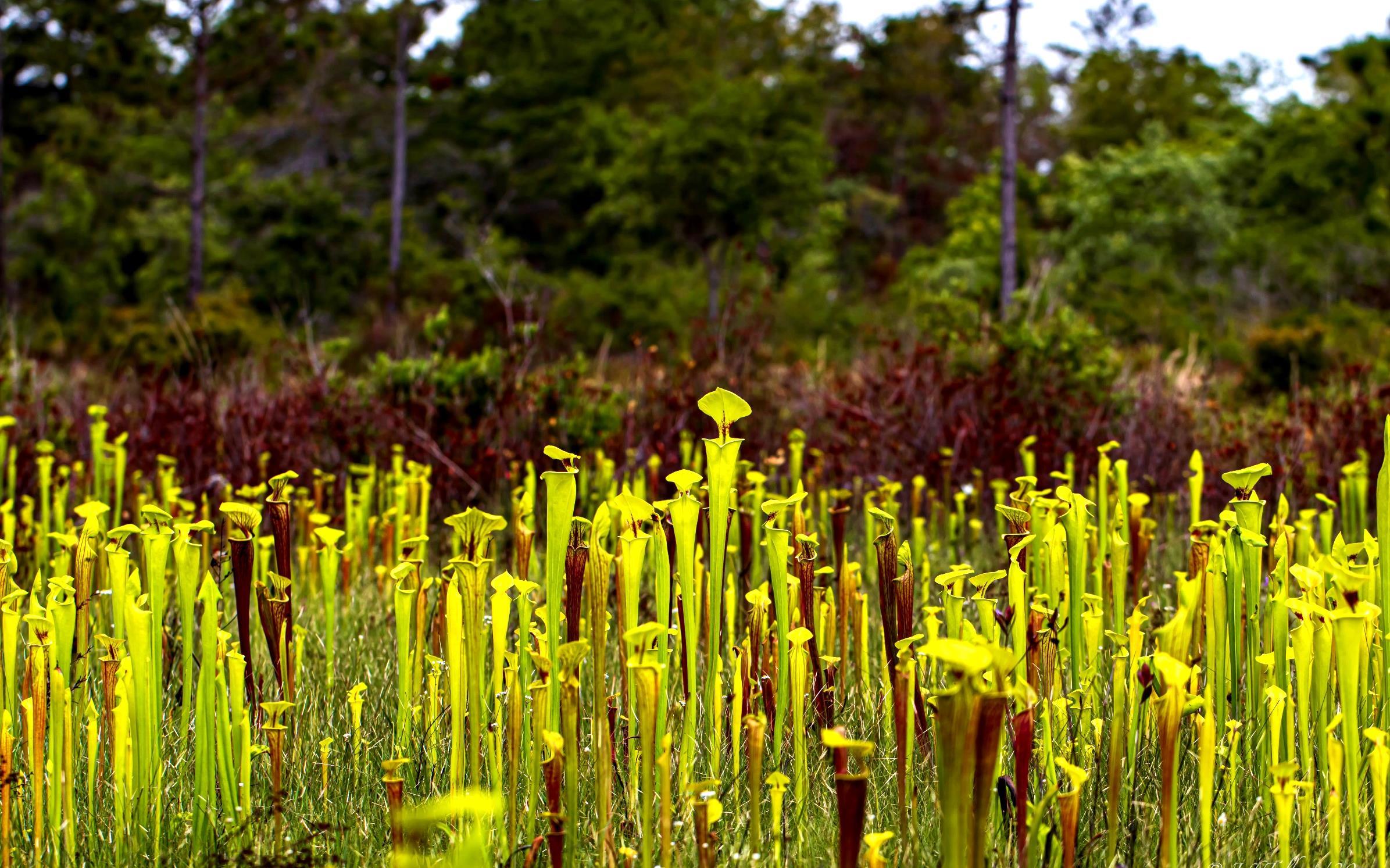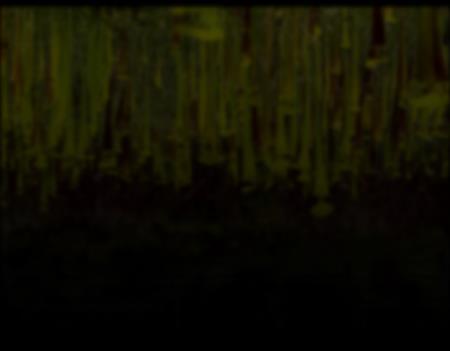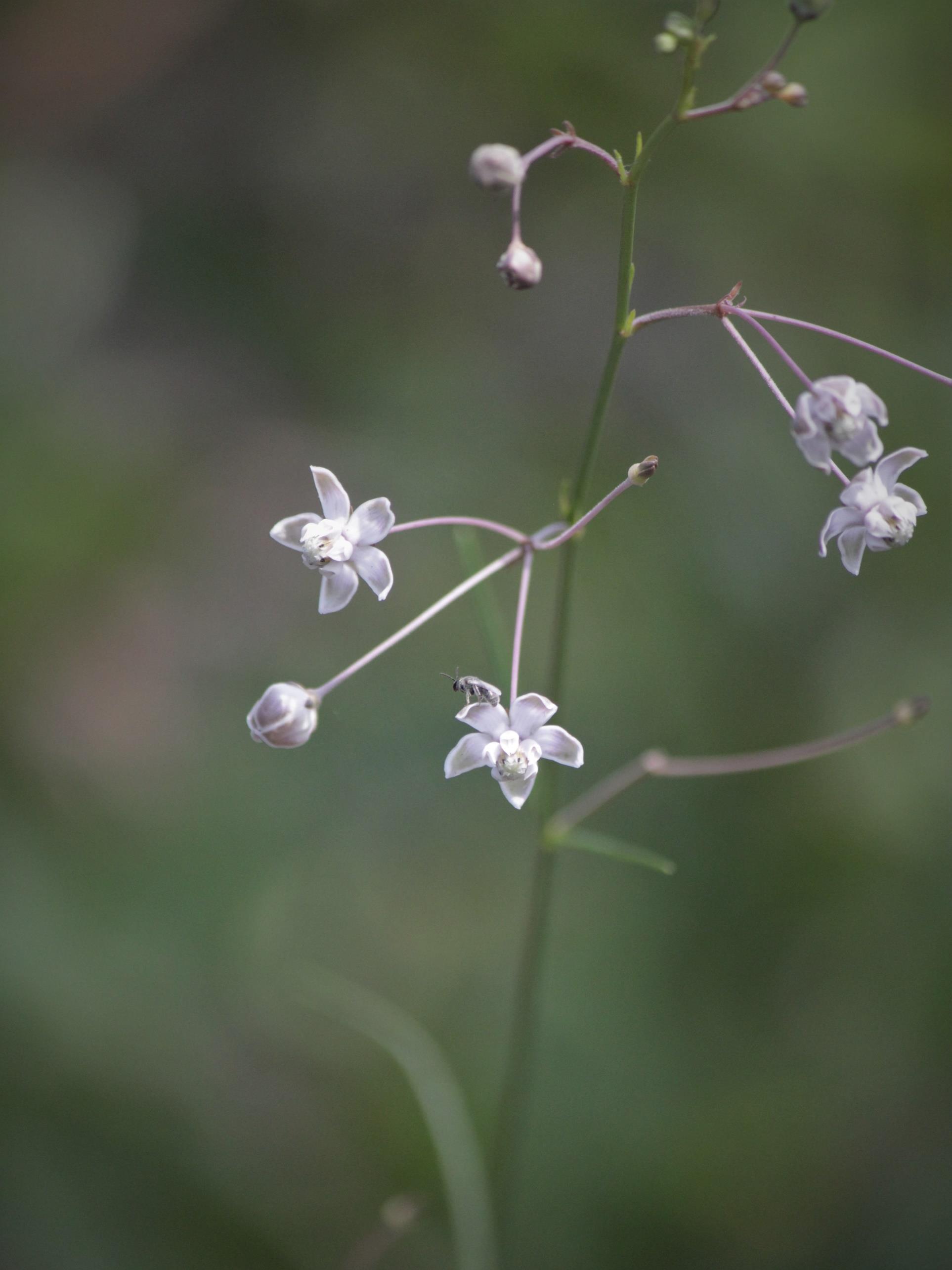
1 minute read
pages
PLANT PARTNERSHIPS
Updates from the SE PCA
By Carrie Radcliffe - Conservation Partnerships Manager
The Southeastern Plant Conservation Alliance (SE PCA) is a diverse partnership that bridges gaps between local and national conservation efforts, by fostering collaborations that restore and prevent the loss of plant diversity. In addition to facilitating novel partnerships, the SE PCA helps to build the capacity of member organizations, leveraging shared resources to achieve conservation goals across the southeastern United States. The Southeastern Center for Conservation currently chairs the SE PCA and is playing a leadership role in its development.
Here are some of the SE PCA’s recent activities:
ADVOCATING FOR CHANGE
With other nationally recognized groups, the SE PCA urged the Biden administration to prioritize the conservation of native plants and ecosystems. We also developed a free-access information sheet on regional conservation needs, goals and activities (included in the back-cover sheet of this issue of Synecology).
Botanic Gardens Conservation International (United States)
EX-SITU GAP ANALYSIS
We worked with BGCI-US to evaluate regional ex-situ collections of threatened species, identifying gaps that need to be filled to better safeguard these species.
SPECIES IN NEED
With funding from the United States Fish & Wildlife Service (USFWS), we are working with experts to create the nation's first Regional Species of Greatest Conservation Need (RSGCN) list for plants, which will identify priority species, needs and actions.
• NatureServe • The Natural Heritage Network • Terwilliger Consulting • Southeast Association of Fish & Wildlife Agencies

State-based SE PCA partners
IMPROVING RECOVERY OUTCOMES FOR THE ENDANGERED SPECIES ACT
With funding from and in collaboration with the USFWS, we have defined 13 high-priority federally listed species and are implementing pilot projects for 5 in 2021 and 2022: Platanthera integrilabia, Ribes echinellum, Schwalbea americana, Trillium reliquum and Varronia rupicola.










